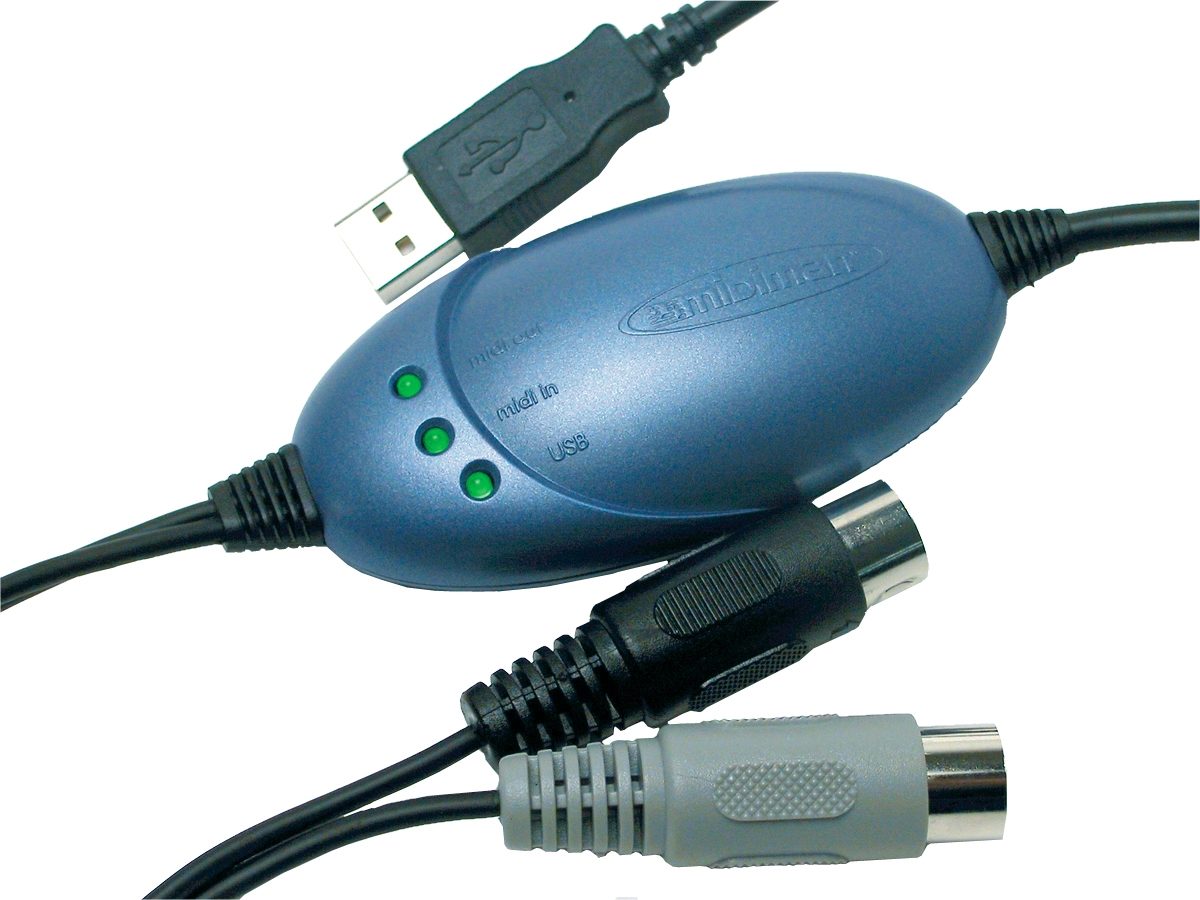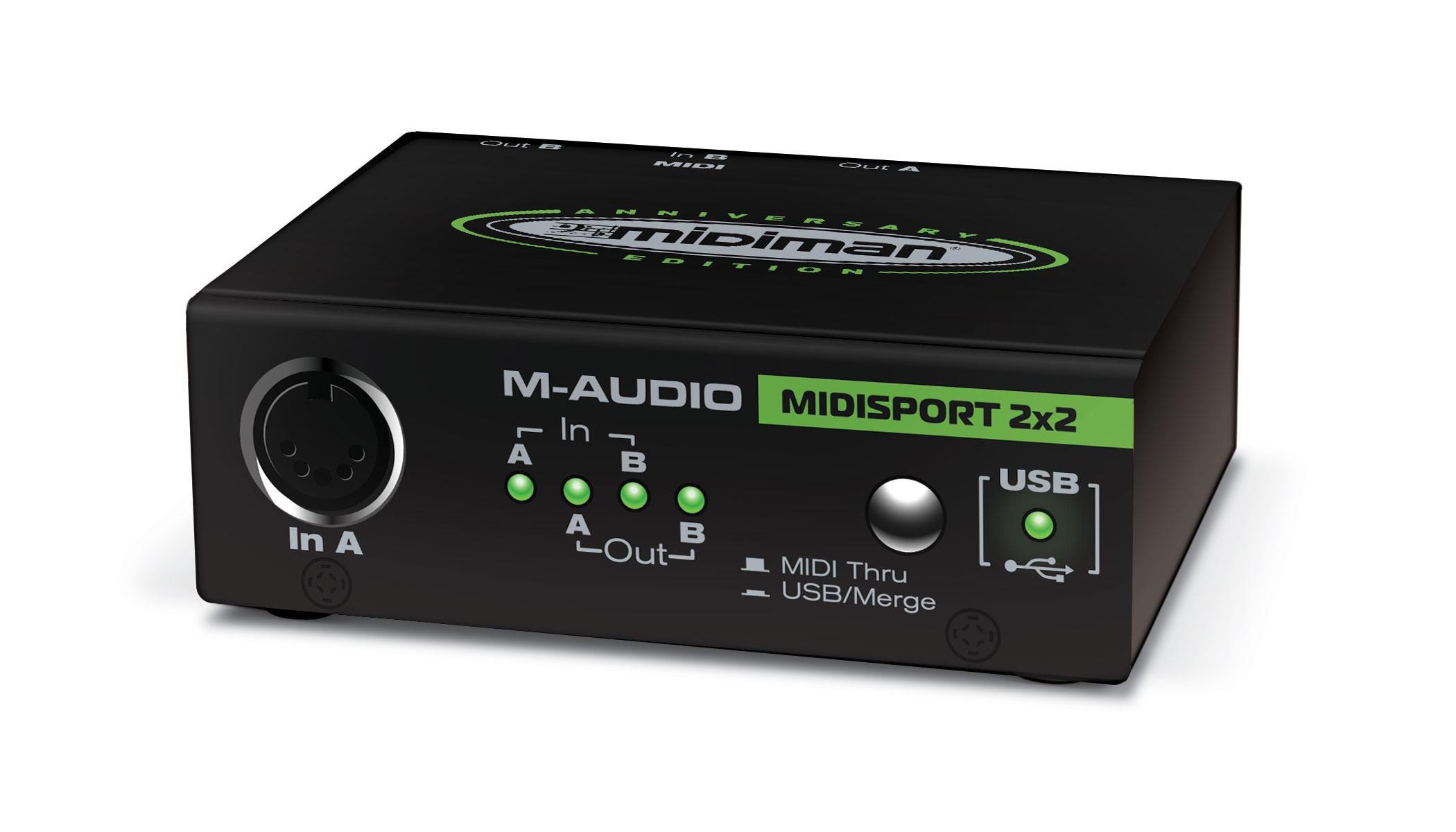
To M-Audio’s credit, their last released driver v3.5.3 worked with all new MacOS X releases to v10.14. For those companies that do continue to do that, for example FocusRite with their Saffire FireWire audio interfaces, I truly salute them. That’s understandable – music technology companies are typically not large enterprises, and it’s a very hard business case to make, to support hardware that is no longer sold with software updates. M-Audio now have abandoned the hardware and no longer support their version of the driver since 2009, as their newer devices do not use that driver. However, they didn’t provide me with their updated source code (I couldn’t release it under GPL to force them). M-Audio took the code and updated it many times for many versions of MacOS X, releasing it to the public until 2009. I wrote a MacOS X version of the MIDISPORT device driver back in 2000, based off of the Apple code example (no documentation) and donated it to M-Audio. An early task was converting the project from OpenStep to run on beta versions of MacOS 10.0.0.įor that, we needed a MIDI interface running on Macintosh hardware, which was equipped with the then new USB hardware, and MacOS X, and tomandandy had some MIDIMAN MIDISPORT devices running on MacOS 9 with their production DAW software (I forget which one, possibly Studio Vision). The project was developed on NeXTStep/OpenStep, for which I had written a Roland MPU-401 (one of the first PC MIDI interfaces) driver as a contractor for them, before moving to the U.S.



in 1999, to work on an early AI based automated composition system, external MIDI devices were still needed for the synthesis of production quality sounds. With the emergence of USB as a standard, MIDIMAN, later named M-Audio, was an early innovative manufacturer who created USB interfaces that would convert the digital MIDI protocol to/from USB. It was the then recently released MIDI specification that drew me as a teenage computer geek to rediscover my love of making music, using synths, and to marry those two passions, which has turned into a wonderful, life changing career.

Nearly all of the models post-1984 are equipped with MIDI, a digital standard for interfacing between different synths and other devices, including PCs. Software synths are great, but there’s something about the design decisions that were needed to be made, with the hardware available at the time, that leads to inspiring engagements with these instruments. (Above: My well worn, grubby, MIDISPORT 2×2 MIDI to USB interface)Īs previous posts on this blog attest, I have a fondness for old synthesisers.


 0 kommentar(er)
0 kommentar(er)
